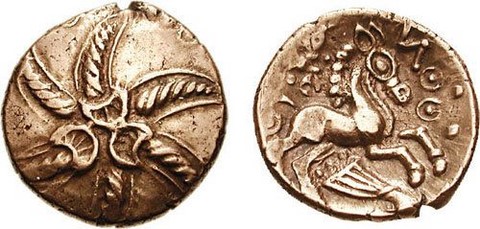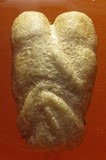Arthur of Camelot and Aththe of Camulodunum
by Gunnar Heinsohn

“It seems probable that Camelot, Chrétien de Troyes’ [c. 1140-1190 AD] name for Arthur's Court, is derived directly from Camelod-unum, the name of Roman Colchester. The East Coast town was probably well-known to this French poet, though whether he knew of any specific associations with Arthur is unclear. […] John Morris [1973] suggests that Camulodunum might actually have been the High-King Arthur's Eastern Capital” (David Nash Ford 2000).
"I think we can dispose of him [Arthur] quite briefly. He owes his place in our history books to a 'no smoke without fire' school of thought. [...] The fact of the matter is that there is no historical evidence about Arthur; we must reject him from our histories and, above all, from the titles of our books" (David N. Dumville 1977, 187 f.)
NEW: The Eternal Embrace

Cyprus salt lakes exonerate Peoples of the Sea from destroying Bronze Age civilizations
Toppling Rome's obelisks and aqueducts
Trevor Palmer's response to Gunnar Heinsohn
Jan Beaufort: Conspiracy or religious history?
Gunnar Heinsohn's answer to Trevor Palmer
G.H.: Vikings without towns, ports and sails...
Trevor Palmer challenges Gunnar Heinsohn
The 1st Millennium AD controversy
The exact dates of the deaths of Patroclus and Hector
Lybian rock-art erased by Jihadists
The tsunami that obliterated Doggerland
Miles below ground, live the creatures of the Deep
Navigation systems of migratory birds suffer from electromagnetic fields
G.H.: Charlemagne's correct place in history
The petroglyph sundial of Mount Bégo
Mount Bégo: an electrical mountain

